While one focuses on stretching through movement, the other requires holding poses for 30 to 90 seconds — both can have a place in your fitness routine
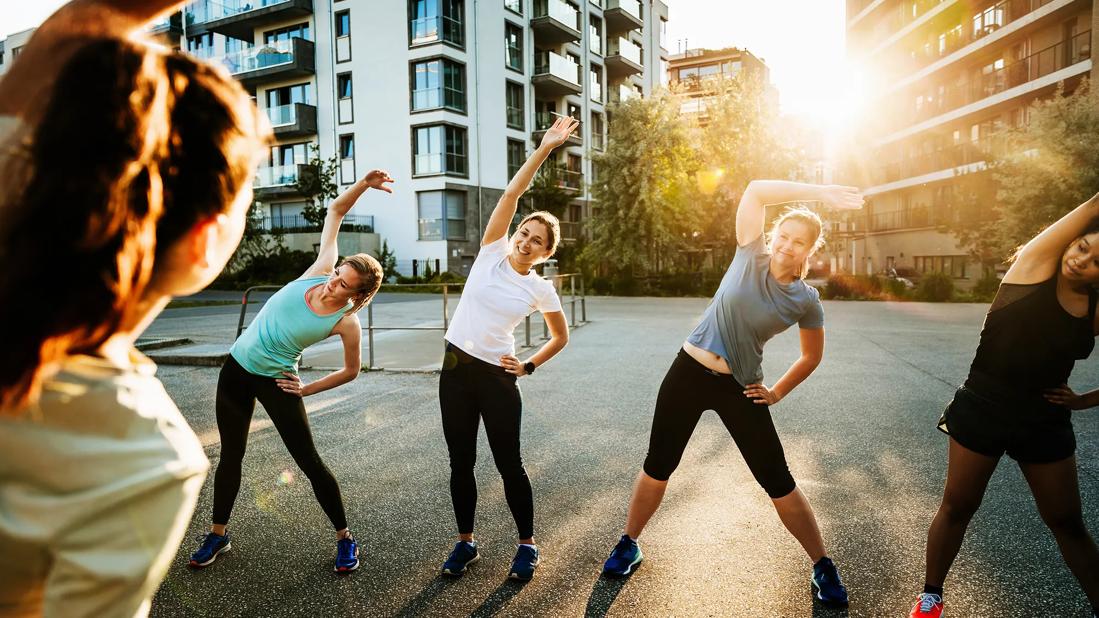
It’s no secret that stretching is an important part of exercise. It ensures your body is loose and ready for the upcoming activity. Stretching also helps overall performance and prevents injuries during whatever activity you choose to do. But did you know that different types of stretching can give you different benefits?
Advertisement
Cleveland Clinic is a non-profit academic medical center. Advertising on our site helps support our mission. We do not endorse non-Cleveland Clinic products or services. Policy
The latest recommendations have evolved as stretching has become more mainstream over the past decade. You may have heard that dynamic stretching is preferable to static stretching. But this depends on your goals.
“We always talk about warming up and cooling down in relation to exercise,” says Anne Rex, DO. “Dynamic stretching is a great addition to the warm-up process and pre-exercise routine.”
What exactly is dynamic stretching, how is it different from static stretching and what’s the best way to incorporate them into your routine? We spoke with Dr. Rex about the ins and outs of the best ways to stretch and what it means for your body.
Dynamic stretching and static stretching are at different ends of the spectrum of stretching techniques. While dynamic stretching is based on movement, static stretching involves moving a joint as far as it can go and holding it for a length of time, typically 30 to 90 seconds.
Dr. Rex explains that dynamic stretching involves actively moving joints and muscles with sports-specific motions for 10 to 12 repetitions, targeting certain muscle groups. Note: This isn’t the same as active stretching.
“Dynamic stretching mimics the activity or the movement that you’re going to do in whatever sport or activity you’re about to start,” she further explains. “It helps rehearse the movement patterns so the muscles tend to get excited a little bit earlier and faster, which can help improve power and increase coordination.”
Advertisement
In fact, dynamic stretching has been shown to acutely increase power, sprint, jump and improve performance.
“In terms of warming up, when you’re actively moving the muscles, you’re improving blood flow circulation,” she adds. “It increases muscle temperature, which then reduces the resistance and increases the flexibility.”
Static stretching is different. In static stretching (not to be confused with passive stretching), you hold a pose while stretching your muscles as far as you can. You remain “static,” so to speak, for typically 60 to 90 seconds.
“When you’re static stretching,” Dr. Rex says, “the muscles aren’t warmed up. It’s really more of a relaxation movement. So, static stretching works well as part of the cooldown process.”
So, is one better than the other? It mostly depends on when you’re doing the stretches.
According to Dr. Rex, static stretching fell out of favor as a warm-up routine recently. A 2019 research study found that static stretching had some negative effects on performance, like reducing maximal strength, power and performance after a single bout of a static stretch.
“There’s still absolutely a role for static stretching,” she clarifies. “But the longer you stretch, the more there will be a negative impact on performance. So, if it’s part of a complete dynamic warm-up, you’d hold the stretch for around 15 to 30 seconds, not 60 to 90 seconds.”
She adds that static stretching after exercise can also help prevent post-workout stiffness because it can help put muscles back at their pre-exercise length.
That said, Dr. Rex also notes that static stretching may work its magic best when used in combination with other types of stretches. “Static stretching can still be a very effective way to stretch and increase the range of motion of a joint, and it can be used in a short duration stretch as part of a complete dynamic warm-up.”
Here are some pros and cons of dynamic stretching:
Pros
Cons
Here are some pros and cons of static stretching:
Pros
Cons
Ready to try some dynamic stretches? Here are some examples and how to do them.
Advertisement
The leg pendulum is what it sounds like. It involves swinging each leg back and forth 10 to 12 times. You can also do this by swinging your leg side-to-side.
Here’s how to do the leg pendulum dynamic stretch:
A classic for many, the walking lunge stretches your calves, hamstrings and thigh muscles.
Here’s how to do a walking lunge:
You can also do walking lunges while twisting your torso, giving your lower back more of a stretch.
Bring it around town!
Here’s how to do small hip circles:
Advertisement
Here are some examples of static stretches and how to do them:
If your workout involves a lot of running, jumping or squatting, a quad stretch may help alleviate any tightness or tension in your muscles.
Here’s how to do a quad stretch:
Advertisement
Both dynamic and static stretching have a place in your fitness and mobility routine. Warming up your muscles and joints and keeping them flexible are important parts of reducing your risk of injury, increasing your athletic performance and keeping you limber as you go about your daily activities.
Learn more about our editorial process.
Advertisement

Shoulder rolls, hamstring stretches and calf exercises can all improve flexibility and endurance

This satisfying, involuntary act of yawning and stretching helps release tight muscles

Stretch before and after your workouts for maximum benefits, but your pre-workout stretches should be different from your post-workout stretches
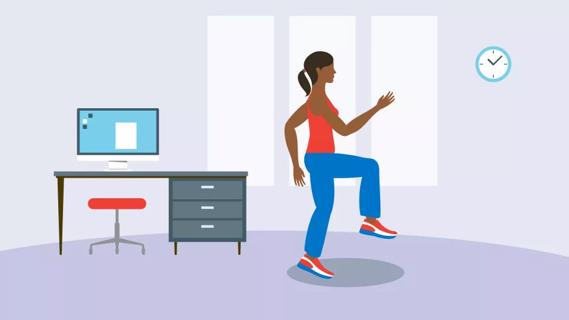
Counteract psoas muscle stiffness and soreness with stretches that lengthen and strengthen
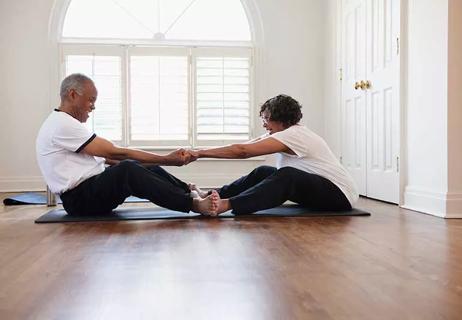
Having a partner help you stretch can prevent injury and lead to an increased range of motion
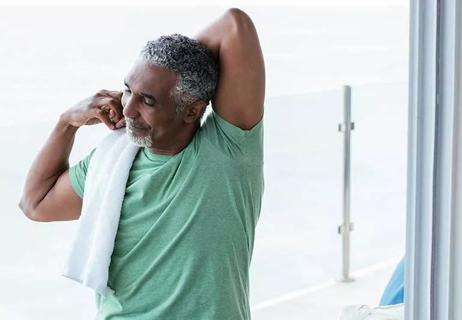
Simply contracting certain muscles provides a good stretch to other areas of your body
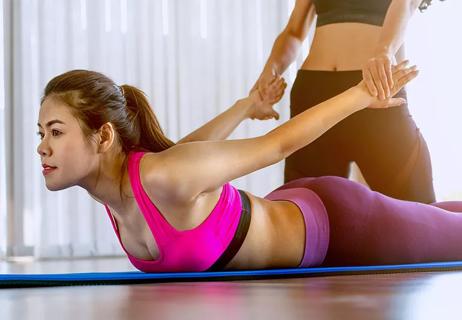
Relax into this form of stretching while a prop or partner assists you

Reduce pain and stiffness by stretching your body throughout the day

The best parenting style balances enforcing rules and showing plenty of love

Tips include cutting back on sugar, focusing on exercise and managing stress

It can be harder to let go when you’ve invested time, energy and emotions — but it might be the healthier choice long term